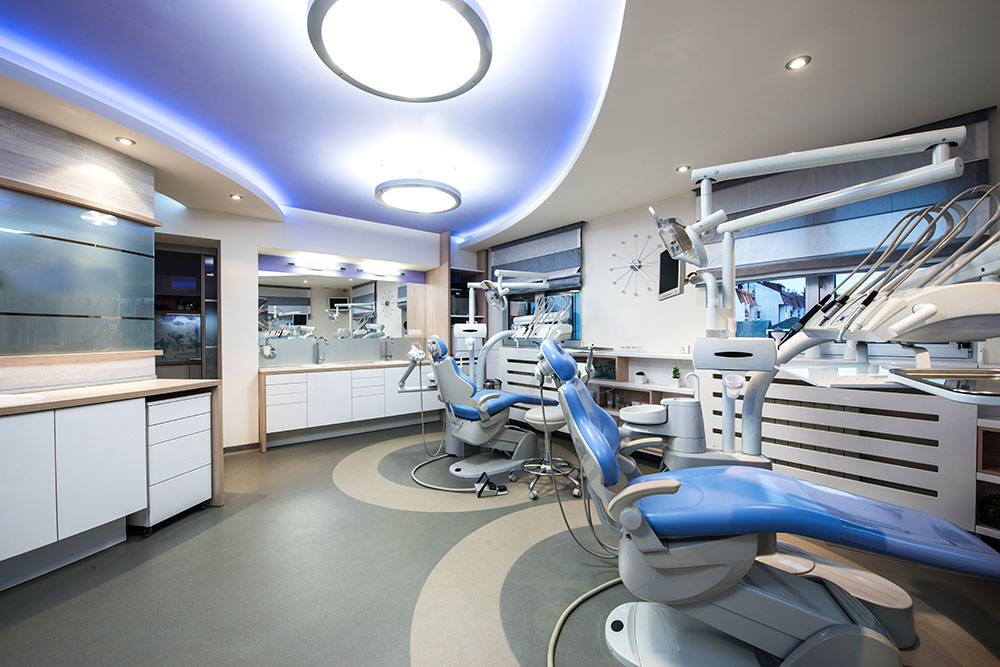What exactly takes place When Sit in a Dental Recliner?
Going to a dentist's office can stir up a blend of feelings, from worry to wonder. Whether it's your first time or you are a regular patient, grasping what happens when you are seated in the dental chair can help ease your anxiety and equip you for what to expect. Knowing the usual processes and the nurturing environment can transform the experience from overwhelming to approachable.
When you get to the dental clinic, you will typically be greeted by kind staff who will lead you through the intake process. After filling out any necessary forms, you will be taken to the treatment room where the dentist or dental hygienist will commence your visit. The ambiance in modern clinics is frequently relaxing, designed to make clients feel at ease as they prepare for their appointment.
The Initial Assessment
As soon as you initially arrive at the dental clinic, you are greeted by the receptionist that is there to help you with the check-in process. You could be required to fill out various forms which supply the dental staff with important information about your medical history and any dental concerns you might have. This step is important as it helps the dentist understand your background before any treatments begin.
After the paperwork is finished, you will be taken to the dental chair for your assessment. The dentist will enter the room and introduce themselves, to guarantee you feel comfortable and at ease. They will conduct an initial examination of your mouth, searching for any signs of decay, gum disease, or various dental issues. This is a key part of the visit, as it allows the dentist to identify any specific areas that require attention.
After the visual inspection, the dentist may also take X-rays to get a clearer picture of the health of your teeth and jaw. This imaging provides valuable insights beyond what can be seen with the naked eye. After collecting all this information, the dentist will go over their findings with you and recommend a treatment plan that suits your needs, preparing for the next steps in your dental care.
During the Procedure
After you are situated into the dental chair, the dental professional or dental hygienist will start by discussing your health history and concerns you may have. They will examine your mouth to evaluate your oral health and may take X-rays if necessary. This initial examination allows the dental professional to create a treatment plan customized to your needs and to describe what will happen during the procedure.
As the treatment begins, you may experience various sensations, but the dental team will ensure your comfort throughout. If the procedure involves any discomfort, local anesthesia may be given to anesthetize the area being treated. You will generally be equipped with a dental bib to protect your clothes clean and might be provided with safety glasses to shield your eyes from any debris. The dental chair is adjustable, allowing the dental staff to position you for the best access and view while they work.
While the dentist performs the procedure, they will often engage to you in conversation to keep you relaxed and aware about the procedure. You can anticipate sounds from dental instruments and maybe some vibrations as they perform their tasks. If at citydent.lt sense uncomfortable or anxious, don't hesitate to let with the dental staff; they are prepared to ensure your experience is as comfortable as it can be.

Post-Treatment Care
After your oral procedure, it is crucial to adhere to your dentist's instructions for post-treatment care to ensure a successful recovery and support oral health. Generally, you may be recommended to refrain from certain foods or beverages, especially hot or cold items that could disturb vulnerable areas. Additionally, if anesthesia was used, it is prudent to delay until it wears off before eating to prevent unintentionally biting your tongue or cheek.
Pain management is another essential aspect of your aftercare care. Depending on the procedure, you might feel soreness, which can usually be managed with over-the-counter pain relievers. Your dentist may recommend medication if necessary, so be sure to follow it as directed. Keeping the affected area clean is vital, so softly rinsing with warm salt water after 24 hours can help lessen swelling and promote healing.
It is also important to watch for your recovery for any unusual symptoms such as heavy bleeding or severe pain that does not diminish with medication. Should any concerning issues arise, do not be reluctant to contact your dental clinic for guidance. Adhering to your dentist's guidelines and maintaining good oral hygiene will support your healing process and help you reach the best possible outcome.